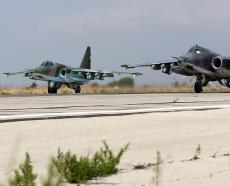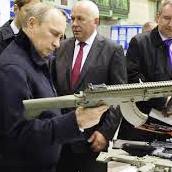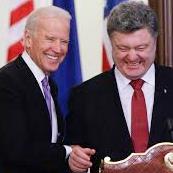(oDR/NOREF) The Middle East is the only area where Russia can try to prove that it is not just a regional post-Soviet power with a revisionist agenda, but a global actor able to make a difference in managing crucial conflicts. A key reference point for President Vladimir Putin in this regard is the success of his September 2013 initiative to dismantle the Syrian chemical arsenal and prevent U.S. missile strikes against government targets. Syria has also become a central battleground in the ideological struggle against the threat of revolutions, which Putin elucidated in his address to the UN General Assembly on September 28th 2015.
Several shifts in the Middle Eastern political landscape during 2015 propelled Putin toward a direct use of force. The conclusion of the difficult negotiations on the Iranian nuclear programme in the P5+1 format has produced the prospect of western sanctions being lifted and the Iranian economy being opened for international business, which could reduce the usefulness of Russia’s special relations with Iran. The Russian strategic partnership with Turkey, which was shaped by the personal rapport between Putin and Turkish president Recep Tayyip Erdogan, had been significantly eroded, so Moscow was less restrained by the risk of upsetting this relationship. The forces of the Asad regime in Syria had suffered several defeats in the summer battles with opposition groups of various persuasions, so that Latakia province (the home base of the Asad clan) had come under threat—and Moscow saw an urgent need to strengthen the grip on power of this key ally in the struggle against revolutions. […]
The full article is available at:
Open Democracy (Dec. 1)
The Norwegian Peacebuilding Resource Centre/Norsk Ressurssenter for Fredsbygging (NOREF) (Nov. 27)
For further reading:
Pavel Baev, Russian Air Power Is Too Brittle for Brinksmanship, PONARS Eurasia Policy Memo No. 398 (Nov. 10)











